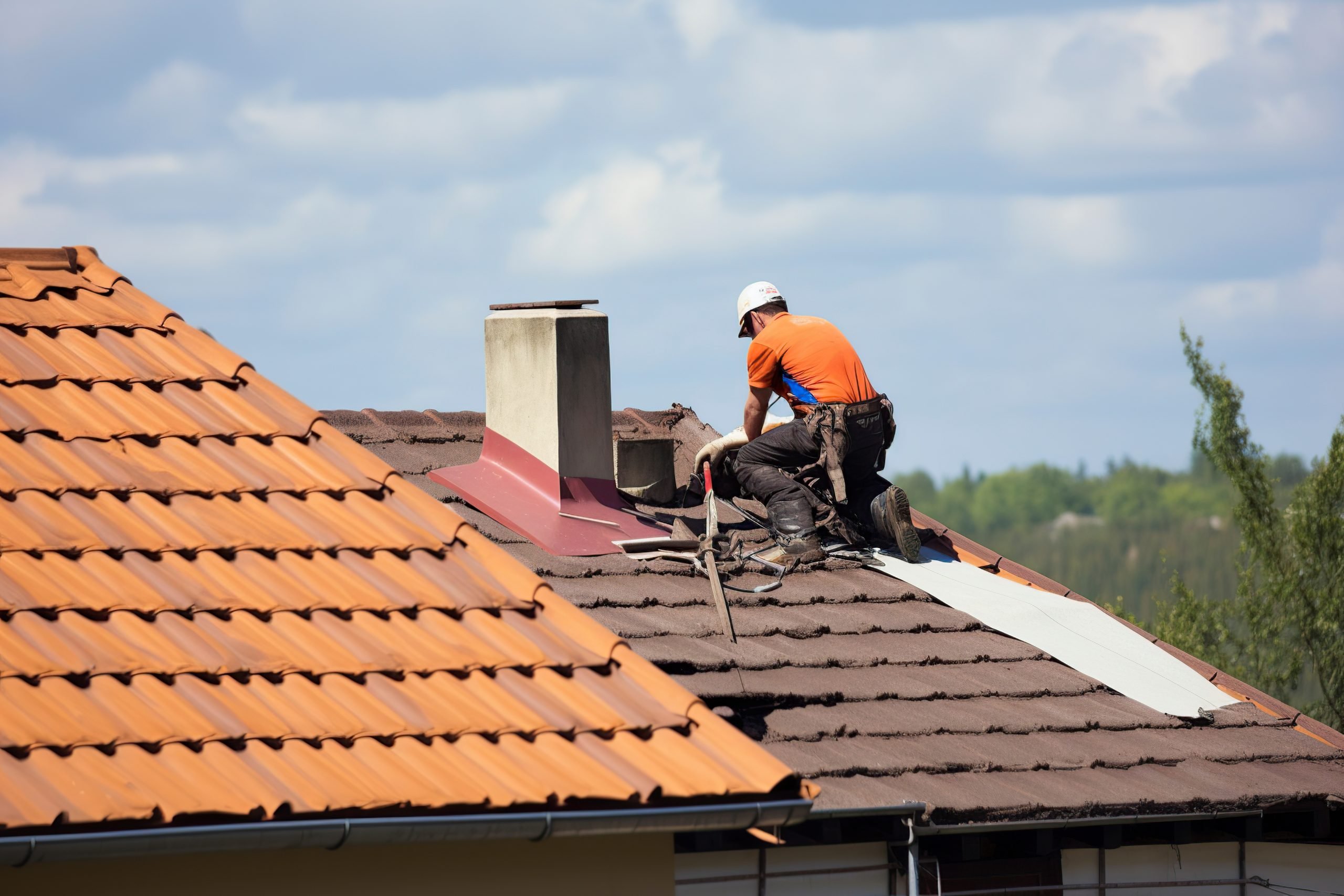Typical Roof Replacement Prices in the UK: A Complete Guide for Householders
Typical Roof Replacement Prices in the UK: A Complete Guide for Householders
Blog Article
Roof replacement is one of the most significant home improvement projects for property owners in the UK. Due to the country's diverse and often challenging weather conditions, roofs endure constant wear from rain, wind, frost, and occasional snow. Even the best-built roofs deteriorate over time. This makes replacement an essential investment to maintain safety, energy efficiency and property value. The decision to replace a roof is often prompted by recurring leaks, missing tiles, sagging sections, or visible wear that can no longer be fixed with simple repairs. Homeowners should act quickly before small problems escalate to costly structural damages. A new roof can also improve a house's appearance and insulation. Roof replacement is a worthwhile and smooth process with the proper planning.
Roof damage, such as missing or sagging tiles, or persistent leaks despite repeated repairs, is a sign that it may be time to replace the roof. In the UK, many homes have slate or tile roofs, and while these materials are durable, they are not immune to long-term wear. Damp patches on ceilings, mould growth, and an increase in energy bills can also indicate that the roof is no longer providing adequate insulation or protection. Older roofs-those over 20 to 25 years-are more likely to need replacement. A professional roofer should inspect the entire area to determine any damages. They can provide a detailed report and help you decide whether a partial repair or a complete replacement is necessary. Regular maintenance can extend a roof's lifespan, but eventually, every roof reaches the end of its functional life.
In the UK, replacing a roof requires careful planning. This is especially true when selecting materials to meet local weather and building requirements. For listed properties or houses in conservation zones, specific tiles and slates may be required to match the original aesthetic. In addition to their aesthetic appeal, materials should be able to withstand the regional climate, especially in regions prone heavy rain or high winds. Many homeowners choose slate or tiles because of their classic look and durability. However, modern options such as composite and synthetic tiles have gained popularity due to their energy-efficient design and lightweight construction. Replacing a roof is also an opportunity to improve insulation and ventilation, helping to lower energy bills and increase indoor comfort. Good contractors will consider all of these factors and provide guidance for the most suitable solution to each house.
Costs for a Typical roof replacement prices in the UK vary depending on a number of factors, including the type of roof chosen, materials used, and complexity. The average cost of a three-bedroom home is between 5,000 to 12,000, but costs may be higher if the house is larger or complex. The cost of labour is a major part of the project, which makes it important to hire a reliable contractor with experience. Always ask for written quotes, check reviews, and make sure the company is insured and certified by a recognised trade body. In some cases, local councils or government schemes may offer financial assistance or incentives for roof replacements that improve energy efficiency. A new roof will add value and peace of mind to your house for many years. To acquire added details please look at www.roofadvisor.co.uk/how-much-does-a-roof-replacement-cost-in-the-uk/
When planning to replace your roof, timing is another important consideration. Weather in the UK can be unreliable, so it is recommended that roofing work takes place during mild, dry months, such as early spring or late spring. The project can be scheduled during the best season to reduce the chance of being delayed by rain and storms. Homeowners should also consider how long the work will take, which typically ranges from a few days to a couple of weeks, depending on the complexity of the job. During the replacement process, there may be some disruption to daily life, including noise and temporary scaffolding. Proper preparation, such as informing neighbours and making arrangements for pets or small children, can help minimise stress during the project. Communication with your contractor is key to ensuring that expectations and timelines are clearly communicated.
When replacing a UK roof, it is important to ensure that all work adheres to local building codes. You may have to obtain planning approval or building regulation approval depending on the property type and extent of work before you begin the roof replacement. In some cases, particularly in conservation areas or with listed buildings, stricter rules apply regarding the materials and methods used for roof replacements. Working with a roofing contractor who understands these rules and regulations is crucial. They can make sure that all requirements are met. Failure to comply with these regulations can lead to fines and the necessity to replace the roof using approved materials.